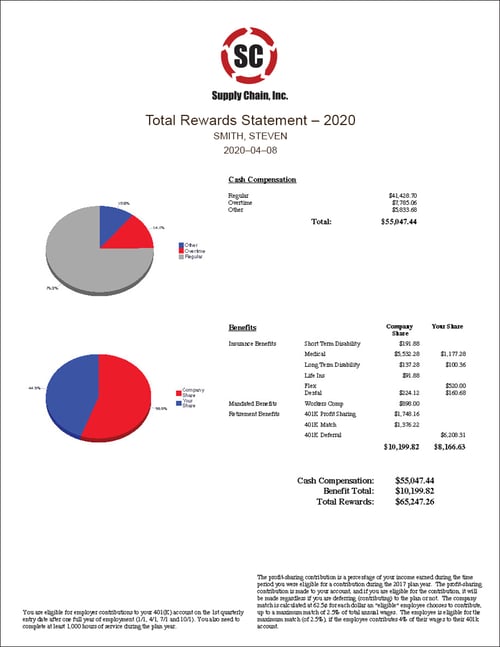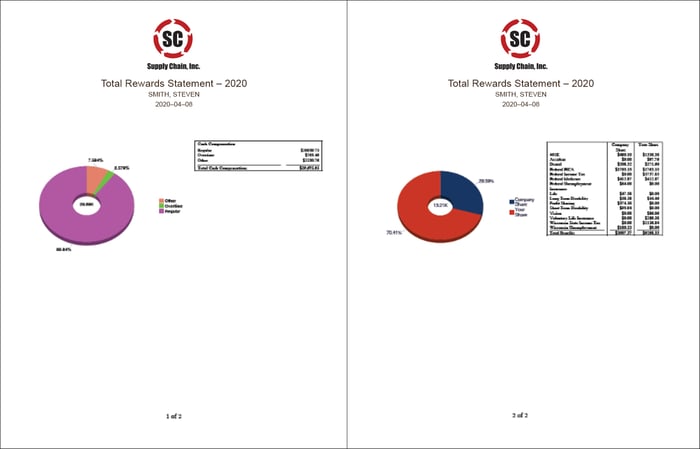Search for topics or resources
Enter your search below and hit enter or click the search icon.
April 8th, 2020
2 min read

Human Resources is a secure repository of critical business data. As curators, JD Edwards (JDE) HCM professionals must distribute the correct data to the right people at the right time. Oracle BI Publisher makes the job a little easier with features to build, manage, and deliver JDE HCM reports right from EnterpriseOne. Even custom solutions like total compensation reports are a breeze with BI Publisher’s flexible format.
Oracle BI Publisher (Business Intelligence Publisher), affectionately known as “BIP,” is an enterprise reporting solution that significantly streamlines report generation. Not only is it capable of exporting reports as PDF, XLS, and other formats, but it can also translate them into multiple languages. BI Publisher alleviates the high cost of maintaining business documents without sacrificing full-range reporting capabilities, such as charts, formulas, watermarks, and graphics.
Most JDE HCM users have experienced the time-saving benefits of BI Publisher. EnterpriseOne relies on it to produce W-2, T4, and 1095 forms more efficiently. Thanks to BIP, users no longer need to adjust their data to fit pre-printed IRS forms. The tool does it all. But that’s only a fraction of what BI Publisher can do.
BI Publisher is a powerful resource for designing custom HCM reports, such as Total Compensation Reports or Total Rewards Statements. These reports demonstrate the full value of all the rewards an employee receives for their time and talent. In that way, they play a vital role in strengthening employee satisfaction and retention. And with BIP, HCM professionals can present a more precise picture in an employee-friendly format.
There are many ways to design a custom total compensation report using BI Publisher, but let’s keep it simple:

If you prefer larger graphics and text, try a two-page format instead. In this case, I added employer-paid taxes (FICA, Medicare, and unemployment) by leveraging the Co/Empl paid field in the Tax Area Information (P069012).

Once you understand what’s possible, there are seemingly endless ways to sort HR data. And total compensation reports are just the beginning. Explore Oracle BI Publisher inside JDE to provide your own business with the right data at the right time to support your own HCM best practices.
Need help simplifying HCM processes? Get in touch with our JDE HCM consultants at erpsuites.com.
Lead HCM Consultant, Marta DiDomenico, sets an impressive standard for the ERP Suites Human Capital Management team. Fluent in JDE World through the 9.2 Application, with experience across the U.S. and Canada, she brings a diversity of tested solutions and fresh ideas.
Topics: